An Ultra Success, By Choice
Plus, what you need to read and watch to follow Western States this weekend
I ran an ultra last weekend, and I’ve been pondering whether to share my mixed feelings about it. As with any experience, how we choose to describe and frame it determines in large part how we remember it. The stories we tell ourselves and others shape our self-image and affect our feelings.
So instead of dwelling on a “meh” performance and highlighting the pain, I’ll keep this brief and tell you in pictures as much as words about last Saturday’s beauty and success.
The Bears Ears Ultra by Mad Moose Events was supposed to be a 50-miler, but the RD had to cut out a segment that was inaccessible due to storm damage, so the route ended up being 43 miles with a little over 9300 feet of gain. As described in last week’s post, I approached it as a supported training run for a summer buildup toward my “A” goal of September’s Grand to Grand. Even though I ran the Leona Divide 100K two months ago, I knew this distance would challenge and stretch me because I’ve only had two true long runs, over 20 miles each, since then. Most of my weekend training runs in May and early June topped out in the teens for mileage.
Located in the Abajo Mountains of eastern Utah, near the town of Monticello, the route winds through an oasis of high-altitude green forest in the dry red-rock desert surrounding it. From up high, we could spot Canyonlands National Park and Bears Ears National Monument.
We started at moonset and experienced a rain shower at sunrise. The ground and grass were so damp from over an inch of rain the day prior, plus the morning’s surprise rainfall, that everything sparkled with drops of moisture. The trail became narrowly trenched out from runoff in places and sometimes turned into a flowing creek.
I found it hard to believe we were so close to the desert because everything looked dazzling green. I didn’t listen to music for the first half because birdsong filled my ears.


I ended up leapfrogging with some nice guys on the course, a couple of them pictured here. Anytime I lapsed into “I’m such a slow old lady” self-talk, I reminded myself that younger men were running around me, which felt good.
We had to traverse this pond-sized mud puddle twice on the course, because it was on a 9-mile loop we had to run twice. Mud became trapped in my socks under my arches. At an aid station, I took off my shoes, wrung out my socks, and used a paper towel to wipe my feet clean. Problem solved, sort of. I did not think to pack dry socks in a drop bag. In spite of taping my toes for blister prevention, I sprouted a couple of blisters due to the moisture.
Late afternoon, as we ascended switchbacks to a high point on the course of about 10,500 feet, booming thunder rang out as the clouds clustered ominously. Then the sky opened with a drenching rainfall that turned into pelting hail. It hit me like, “Oh, hello, monsoon season!” I had been expecting dry heat, and I knew much of the country was suffering in the new-normal heat wave, so I appreciated the cold storm even though it soaked me.
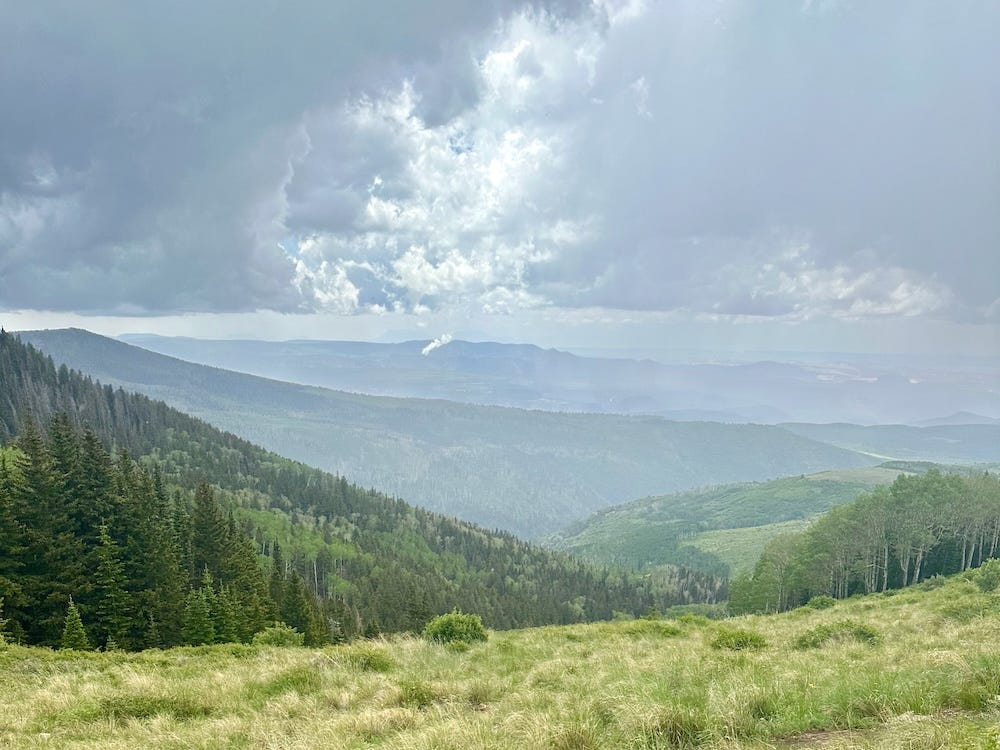
My agility progressively diminished, partly because the rocky terrain became so darn slippery, but mostly because my lower body wasn’t cooperating. I’ve been experiencing left knee pain, especially on the downhills, not only due to the diminished cartilage under the knee cap but also because of a flareup of the iliotibial (IT) band where it attaches on the head of the tibia at a point with the funny name of Gerdy’s tubercle. That red-hot Gerdy’s point caused me a lot of grief. Hence, I could not make up time on the downhill stretches; I had to shuffle-shuffle and just couldn’t move my legs as well as I wanted. Interestingly, the next day, my quads were barely sore, confirming my legs didn’t work as hard as they normally do in ultras because I couldn’t get them moving well due to the tendon pain.
But here’s the thing I’m choosing to remember and emphasize: I met all my goals. I listed my goals prior to the race:
practice fueling and prevent nausea; be a smart eater and drinker to avoid the empty-tank bonk
avoid tripping and falling
lean into and accept the feelings of discomfort and slow-down as part of the process
be nice and friendly toward others, even when I’m grumpy and annoyed
look around and notice details about the landscape
as best as possible, run (instead of walk) the final runnable miles on the gravel road
I did all those things! I ate and drank well; I didn’t fall; I finished running the last couple of miles. The pain diminished on the smoother, runnable gravel road; the rocky singletrack mainly caused my problems.
Most notably, I went the distance. I flirted strongly with dropping down to the 55K by skipping the second 9-mile loop, since the RD would list that as a 55K finish instead of a DNF. It took a great deal of will power to head out on the second loop instead of turning toward the finish early. I’m proud and glad I did that.
Admittedly, I was down on myself in the second half. I wondered, on the uphill segments, why can’t I hike as fast as usual? Even though I ran short spurts on the uphills and hiked as powerfully as I could, my uphill stretches often took 21 to 23 minutes per mile, instead of the sub-20 hiking pace I aimed for. My heart rate stayed low, and I wasn’t out of breath, so it wasn’t a cardio fitness issue. My slower speed had to do with my biomechanics not working and flowing as usual.
As I realized these 43ish miles would take nearly 12 hours, and my pace wouldn’t even break 4 mph (15 min/mi), I really piled self-doubt on my psyche. How could it be, I asked myself, that eight years ago I ran a full 50 miles, the tough Lake Sonoma 50, in just over 9 hours, averaging an 11 minute/mile pace there even with uphill hiking and aid station stops factored in? What happened to that speedy body?
This is the body I’ve got, I answered myself, and it’s doing its best. It got me around these mountains to experience this place.
I think I need to add as a goal to practice self-kindness as I try to be kind to others.
The Bears Ears 43 was a good training run, mentally as much as physically, and I’ll leave it at that. My IT band is feeling better now, and I’m motivated to train for my main goal. Yesterday, I added plyometrics to my workout (jumping-based drills like high knees and fast feet, and explosive movements like jump squats and one-footed hopping) in an effort to work on agility. I’m also starting to pack train for the Grand to Grand, which is self-supported (meaning, we carry all our food and sleeping gear for the week).
Hello, summer, here we go!
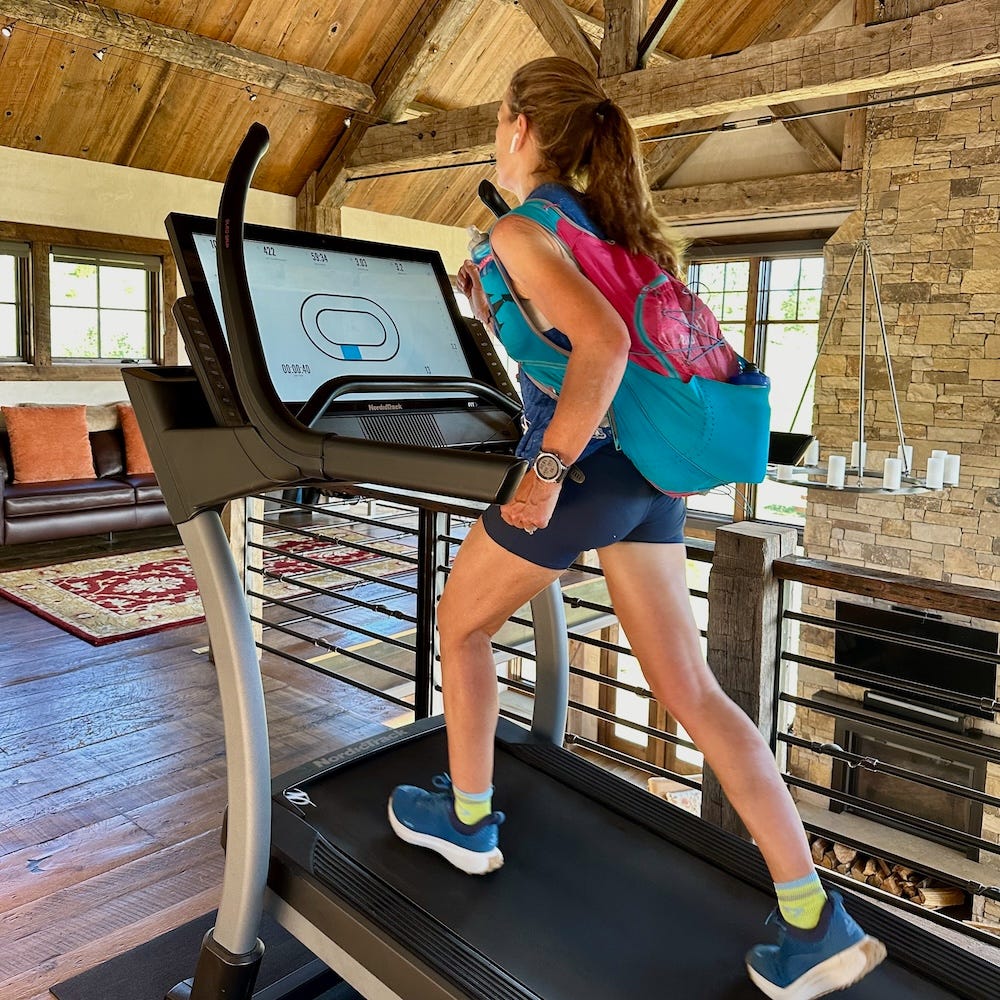
It’s Western States weekend, prepare to get obsessed
True story: I care about the Western States Endurance Run so much that it hurts. I knew I couldn’t travel there, to Northern California, this year due to another travel obligation, unlike last year when I had an awesome experience crewing and pacing my friend, so I purposely signed up for that Bears Ears 50-mile race on what I thought was Western States day. That way, I figured, I wouldn’t feel FOMO and waste a whole day-into-night watching the livestream coverage.
Turns out, however, I got the date wrong—Western States is always the last Saturday in June, and this year’s June has a fifth Saturday, so the race is a week later than I planned. I’ll be traveling home this coming Saturday after spending this week in Vermont for a wedding, but surely I will tune into the livestream and twitter coverage throughout Saturday (the only reason I haven’t deleted my dormant X account).
I ran Western States in 2016 and had one of my best races ever to finish 15 minutes under the 24-hour time for a coveted silver buckle, and now I’ve got a nagging desire to try to run it once more in my lifetime. The lottery odds are even more staggering than Hardrock’s now, however. In 2016, when I got pulled in the lottery, the event had 3510 applicants. For this year, it had 9388!
So if you can’t run it, and you can’t be there in person, the third best thing is to follow it as a fan from afar. Here are some links to help you:
I just had this piece published on Outside’s Run platform about Diana Fitzpatrick’s leadership of the Western States Endurance Run board, giving a behind-the-scenes look at what it takes to keep Western States at the top of the game. Diana is an incredible, inspiring 66-year-old ultrarunner, the oldest woman to finish sub-24-hour at States, and she can still knock off a 3:22 marathon.
This Trail Runner article provides a nice overview of why the race is the big deal that it is.
iRunFar always provides the best live tweets and the best men’s and women’s field previews.
Western States’ YouTube channel is what you’ll stare at most of Saturday for livestream coverage and athlete interviews. Singletrack podcast’s YouTube is also getting in on the game of comprehensive coverage this week.
Read my post from last year about John Trent’s incredible Second Sunrise book, with history from the event’s first 50 years, then buy the book!
If you would like to support this newsletter but prefer not to subscribe at the supporter level, please consider a small donation to this virtual tip jar, thank you.



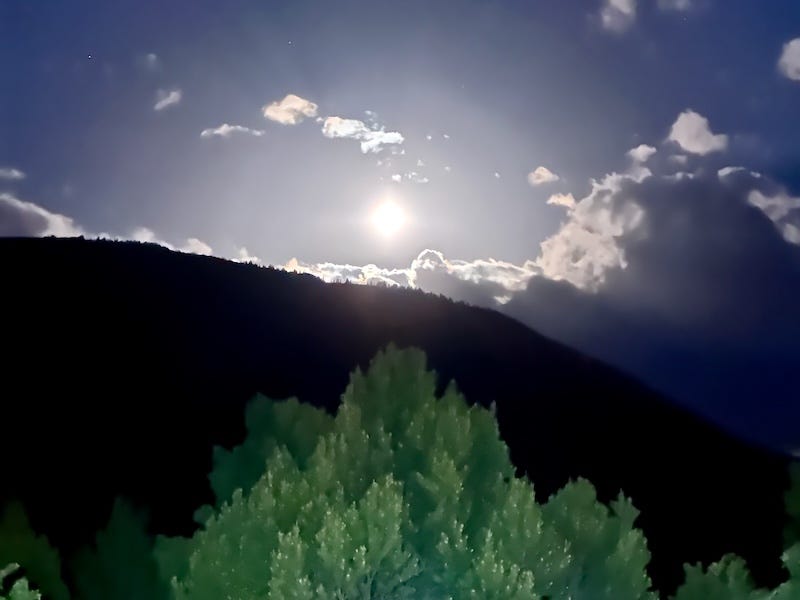




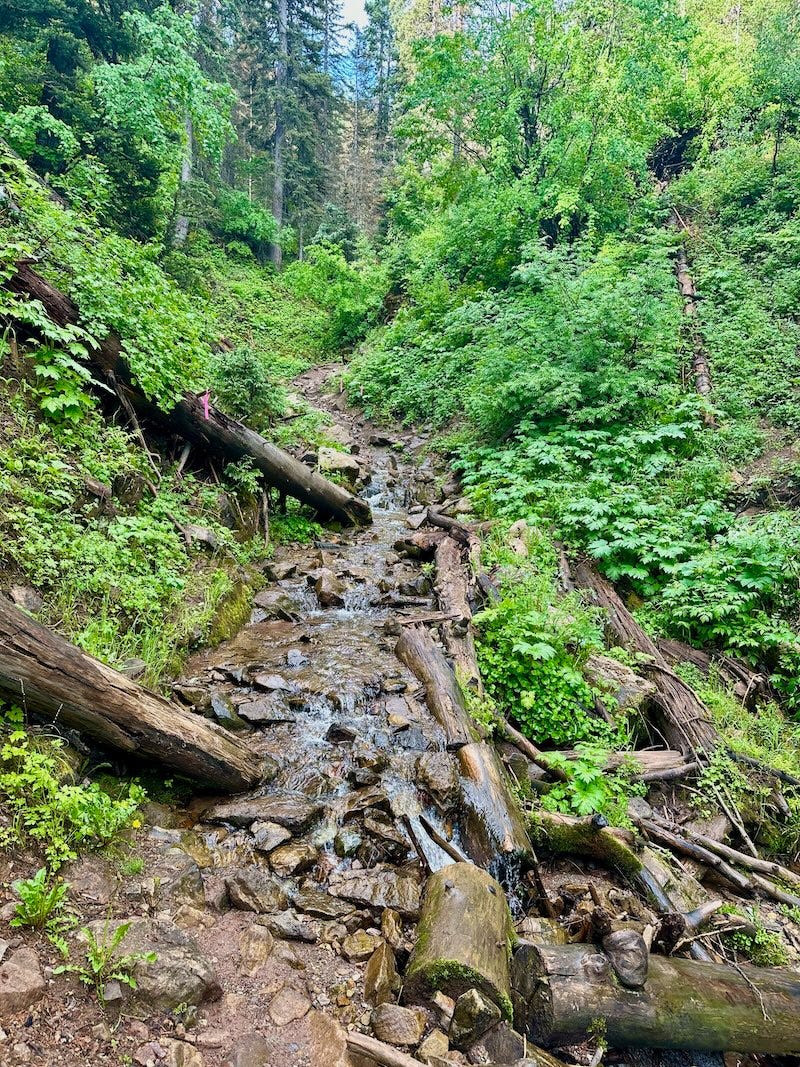

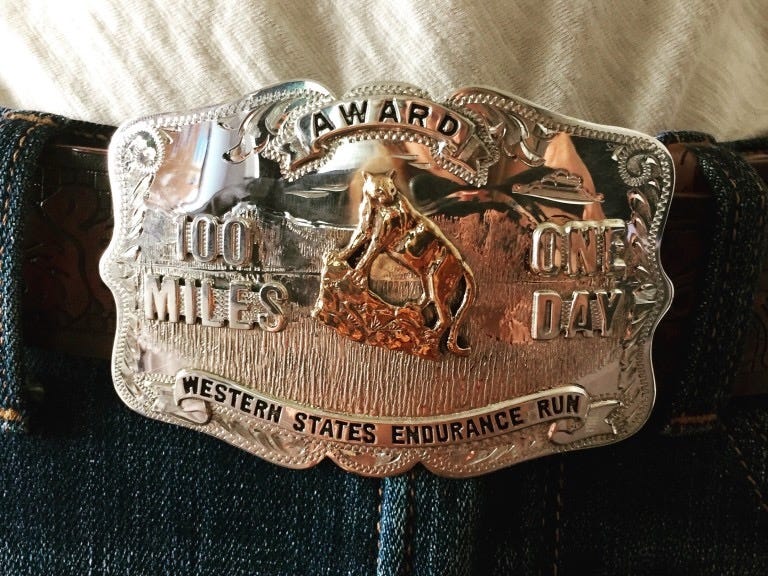
Over Memorial Day weekend I ran the Western States Training Camp which covers the last 71 miles of the Western States course over three days. For a 65 year old, east coast, sea level runner it was one of the best running experiences of my life and made me want to try to get in the Western States someday. One thing that I noticed during the run was that while I could hold my own with many of the other much younger runners on uphills and flatter areas, I was much much slower on the downhills. And it all came down to fear of falling which I think comes with age and a lack of downhill running experience compared to the other runners. Last November I fractured my tibia falling in a trail race in Connecticut which sidelined me for over a month. Somewhere deep in my subconscious, a voice tells me the ramifications of falling are worse than the frustration of being passed. During easier descents I tried to make myself go faster and sometimes did, a bit at least, but as soon as the trail got at all technical, the inner voice slowed me back down. At my age, I’m not sure if the voice will ever go away.
Amazing photos way to just keep moving and congratulations on the silver 💪🎈